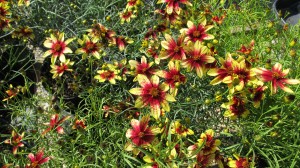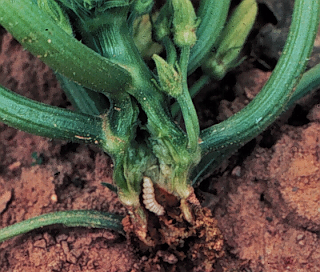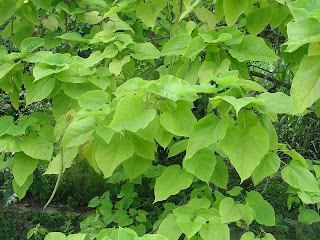Create a hot splash in your garden this summer. Threadleaf coreopsis (Coreopsis verticillata) ‘Route 66’ is a new selection by Itsaul Nursery in Atlanta, Georgia (USDA zone 4 to 9). Coreopsis ‘Route 66’ originated in Pennsylvania (zone 5). Perennial gardeners have been planting yellow- flowered ‘Moonbeam’ and ‘Zagreb’ cultivars for over a quarter of a century.
The 2- inch wide yellow and red splotched flowers bloom continuously from June thru August. The center red pigment seems to bleed into the yellow petals. In the autumn the red tint becomes more dominant. No two blooms are ever alike. Deadheading will extend the blooming time span into October. Foliage is green and narrow (thread-like). Plant form is upright and well branched. Route 66 grows 2 to 2 1/2 feet in height, and a few inches wider than tall.
Plant in well-drained soil in full sunlight. Route 66 is a garden performer, a low maintenance perennial to enjoy in your garden for many years ahead. Route 66 exhibits exceptional plant vigor and flower power. One year old established plants demonstrate exceptional heat, drought and cold hardiness.






.jpg)

